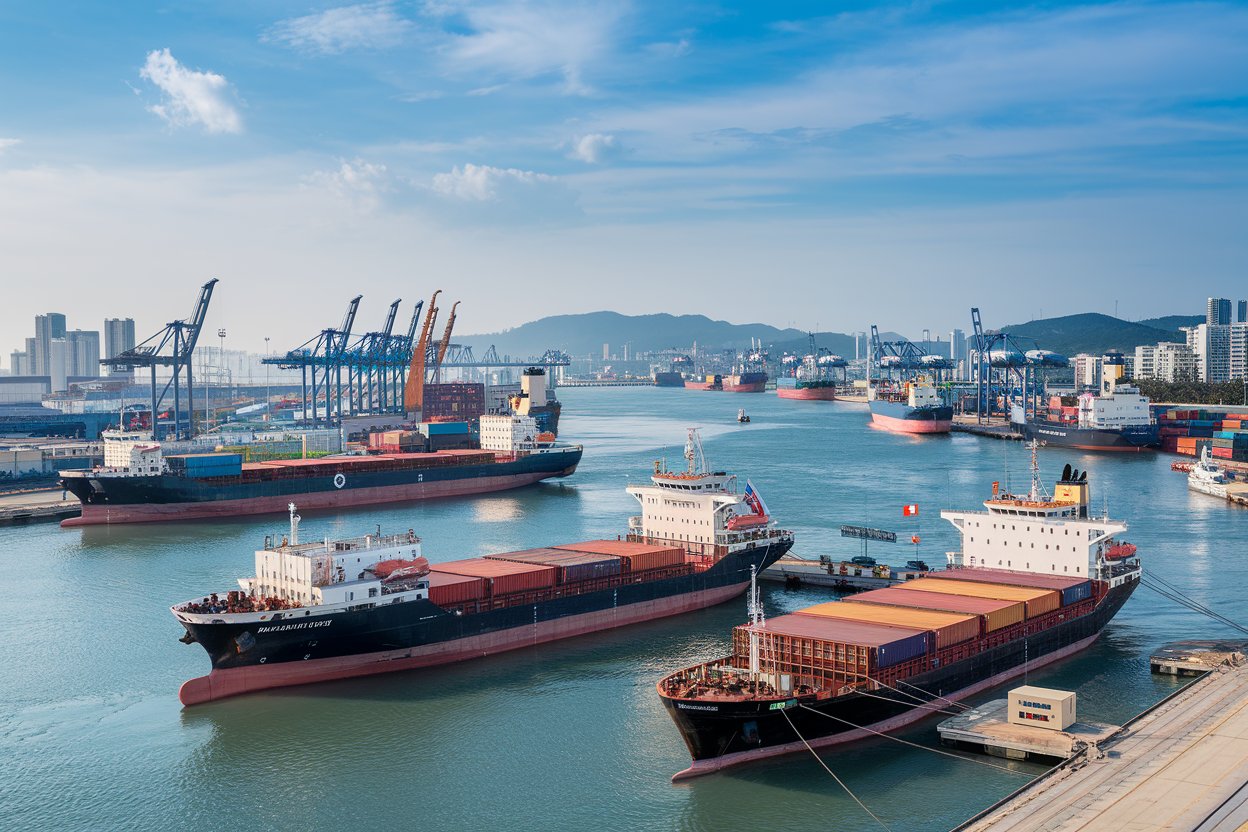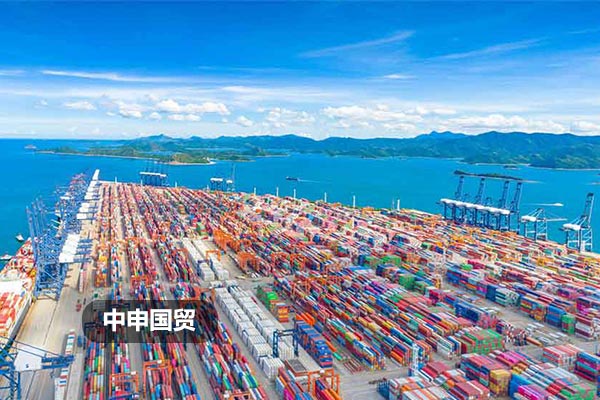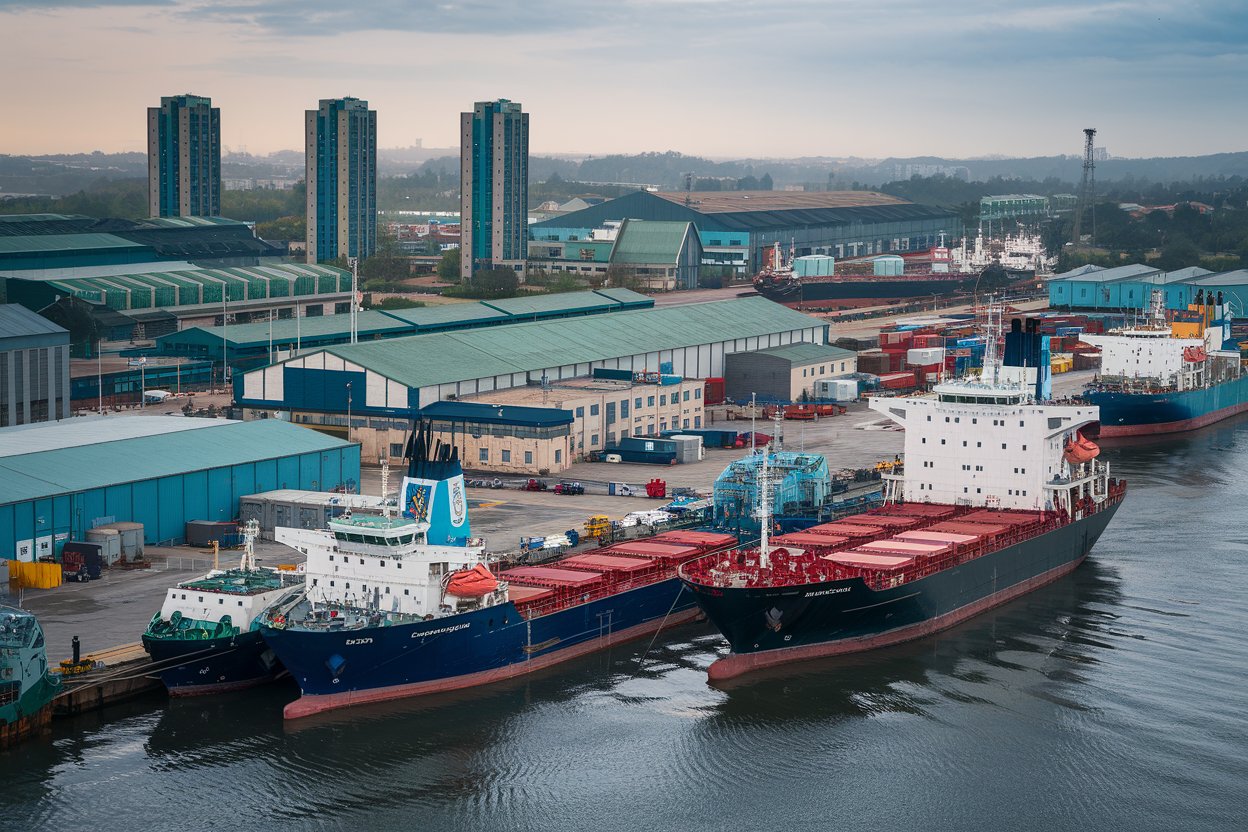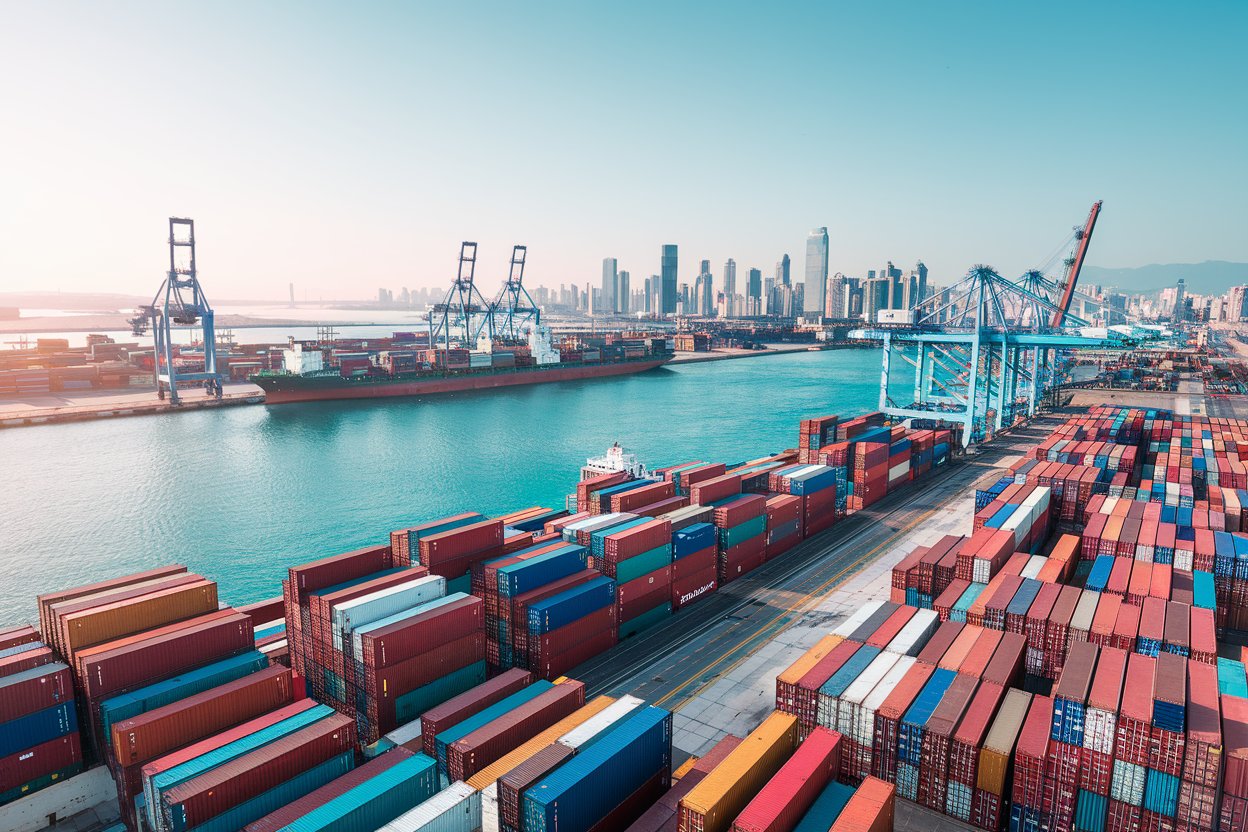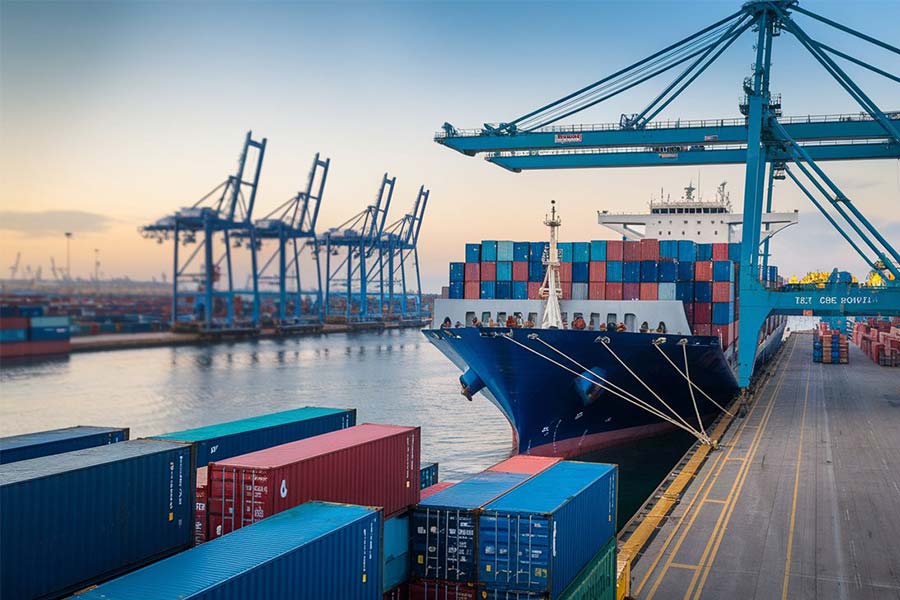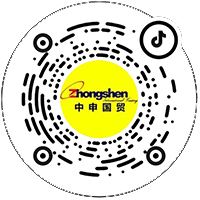- 20 Years of Expertise in Import & Export Solutions

Importing Printing Presses: Professional Challenges and Opportunities in International Trade
On the grand stage of global trade, the business of importing printing presses is full of both opportunities and challenges. With the continuous advancement of technology, printing presses are becoming increasingly sophisticated, from traditional offset presses to today's digital printing presses, with a qualitative leap in their functions and performance. For enterprises, importing advanced printing presses can not only improve production efficiency but also expand their business scope and enhance market competitiveness. However, the process of importing printing presses is not smooth sailing, involving multiple links such as document processing, logistics arrangements,?Foreign exchange settlement?and product certification, each of which requires professional operation and precise control.
Document Handling: The Critical "Key" to Importing Printing Presses
Document handling plays a crucial role in the business of importing printing presses. First is the Commercial Invoice, which is issued by the seller to the buyer, providing a comprehensive and detailed description of the shipped goods and serving as the basis for collecting payment from the buyer. When creating a commercial invoice, it is essential to ensure that the goods' description is accurate, including the model, specifications, quantity, unit price, and other information of the printing press. For example, if importing a high-speed web press, key parameters such as printing speed, paper width, and number of printing colors must be specified in detail.
The Bill of Lading is also one of the important documents. It is issued by the carrier or its agent, certifying that specific goods have been received and promising to transport the goods to a specific destination and deliver them to the consignee. When importing printing presses, it is necessary to select the appropriate type of bill of lading according to the mode of transport, such as?Ocean shipping?Bill of lading,?Air freight?Bill of Lading, etc. At the same time, pay attention to the consistency of the information on the bill of lading with other documents to avoid discrepancies that may affect the smooth delivery of the goods.
The Packing List details the packaging of the goods, including packaging materials, quantity of packages, and the gross and net weight of each package. For large equipment like printing presses, the packing list must be precise down to the packaging details of each component for accurate verification during transportation and customs clearance.
US?Zhong Shen?With extensive experience in document handling, our professional team can quickly and accurately prepare and review all types of documents, ensuring their completeness and accuracy, laying a solid foundation for the smooth customs clearance of printing presses.
Logistics Arrangement: Ensuring Printing Presses Arrive Safely and On Time
The logistics arrangement for importing printing presses requires careful planning. Due to the large size, heavy weight, and precision of some components of printing presses, there are high requirements for transportation conditions. When choosing a transportation method, factors such as the urgency of the goods, transportation costs, and destination must be comprehensively considered.
If importing printing presses from Southeast Asia, sea freight is usually a more economical choice. However, during sea transportation, attention must be paid to reinforcing and protecting the goods to prevent equipment damage caused by bumps, collisions, etc., during transit. For some precision components, wooden box packaging can be used, and cushioning materials such as foam plastic, sponges, etc., can be added. At the same time, it is important to choose a reputable shipping company and pay attention to the shipping schedule to ensure that the goods arrive at the destination port on time.
For importing printing presses from Russia, if the goods are relatively urgent, air freight is also a viable option. Air freight is fast, but the transportation cost is relatively high. During air transportation, attention must be paid to the size and weight restrictions of the goods, as well as the relevant regulations of the airline. In addition, whether by sea or air, sufficient transportation insurance must be purchased to cover potential risks of cargo loss or damage.
In the customs clearance and delivery phase at the destination port, our professional team can work closely with local freight forwarders and customs brokers to quickly handle customs clearance procedures and arrange for the transshipment and delivery of the goods. We ensure that the printing press can be delivered to the customer's designated location safely and on time, saving the customer time and costs.
Russian Market: The Unique Advantages of VTB's Foreign Exchange Settlement
When trading printing presses with Russia, settlement of exchange is a crucial step. Our company offers the convenience of VTB settlement for the Russian market. VTB Bank is one of Russia's largest banks, with a high reputation and an extensive business network.
The settlement process is generally as follows: After the goods arrive at the Russian port and complete customs clearance, the customer provides us with the relevant trade documents, including the commercial invoice, bill of lading, packing list, etc. We submit these documents to VTB Bank for review. After the bank approves them, it will convert the foreign currency into RMB at the current exchange rate and pay the funds to us. After we receive the payment, we deduct the corresponding agency fees and pay the remaining amount to the domestic customer.
Compared with other settlement methods, settlement through VTB has the following advantages: First, VTB Bank is more familiar with Russia's local trade laws and policies, and can handle settlement business quickly and accurately, reducing settlement risks caused by document discrepancies or policy changes. Second, VTB Bank's settlement speed is fast, allowing customers to receive payment more quickly and improving the efficiency of capital use. Finally, VTB Bank has a wide network of branches and business partners in Russia, which can provide customers with more convenient financial services.
It is recommended to choose based on transportation distance and product characteristics:?Import/export?Process and Solution
To import printing presses from Southeast Asia, the first step is to conduct market research to understand the local printing press manufacturers and product characteristics in order to select suitable suppliers. After confirming a supplier, both parties must sign a trade contract, clarifying terms such as the specifications, quantity, price, delivery date, and payment method of the goods.
Next is the opening.?L/C?(Letter of Credit). A letter of credit is a conditional payment commitment issued by a bank to an exporter at the request of an importer. When importing a printing press, the letter of credit application must be accurately filled out and submitted to the bank for review according to the requirements of the trade contract. After the bank's approval, it will issue a letter of credit to the exporter. Upon receiving the letter of credit, the exporter ships the goods according to the L/C's requirements and submits the relevant documents to the bank for negotiation.
After the goods arrive at the destination port, customs clearance procedures must be handled promptly. Customs clearance requires the submission of documents such as the commercial invoice, bill of lading, packing list,?Certificate of Origin?and other certificates. The customs clearance requirements may vary in different countries and regions. For example, in Indonesia, importing a printing press may require an import license; in Vietnam, there may be special inspection and quarantine requirements for certain specific models of printing presses. Our company is familiar with the trade regulations and customs clearance processes of Southeast Asian countries and can help customers smoothly handle customs clearance procedures.
In terms of exports, if exporting domestic printing presses to Southeast Asia, it is first necessary to ensure that the products meet the local quality standards and certification requirements. For example, in Singapore, printing presses may need to comply with the relevant standards of the Singapore Standards, Productivity and Innovation Board (SPRING Singapore); in Malaysia, they may need to obtain certification from the Standards and Industrial Research Institute of Malaysia (SIRIM). Although we do not directly provide certification services, we will assist customers in understanding the certification requirements and preparing relevant materials to ensure that the products can successfully enter the Southeast Asian market.
Challenges and Opportunities in the Current International Trade Landscape
The current international trade situation is complex and ever-changing, bringing many challenges to the business of importing printing presses. On the one hand, trade protectionism is on the rise, and some countries have introduced measures such as imposing tariffs and setting up trade barriers, which increases import costs and trade risks. For example, the United States has imposed high tariffs on some imported printing presses, which not only affects companies that import printing presses from the United States but also causes fluctuations in the global printing press market prices.
On the other hand, frequent exchange rate fluctuations bring uncertainty to foreign exchange settlement. Large fluctuations in exchange rates may cause enterprises to suffer losses during settlement. For example, when the RMB appreciates, the payment for imported printing presses settled in US dollars will be less when converted into RMB; conversely, when the RMB depreciates, enterprises need to pay more RMB to exchange for the same amount of US dollar payment.
However, challenges also contain opportunities. With the in-depth promotion of the "Belt and Road" initiative, trade cooperation with countries along the route has been continuously strengthened, opening up a broader market space for the import of printing presses. For example, cooperation with Southeast Asian countries in fields such as infrastructure construction and cultural industries continues to deepen, and the demand for printing presses is also growing. At the same time, the development of digital technology has brought new opportunities for international trade. Through e-commerce platforms, enterprises can find suppliers and customers more conveniently, reduce trade costs, and improve trade efficiency.
Product Certification: Quality Assurance for Imported Printing Presses
When importing printing presses, product certification is an important step to ensure their quality and compliance. Different countries and regions have different certification requirements for printing presses. For example, EU countries require printing presses to meet CE certification standards, which cover multiple aspects such as safety, health, and environmental protection. In the United States, printing presses may need to pass UL certification to ensure that the product's safety and electrical performance meet American standards.
Before importing a printing press, we will inform the customer of the required certifications and assist them in collecting and preparing the relevant materials. Although we do not directly handle the certification process, with our familiarity with the certification regulations of various countries and our rich experience, we can provide customers with professional guidance and advice to help them successfully complete the certification work, ensuring that the printing press can legally and compliantly enter the target market.
In short, the business of importing printing presses involves multiple complex stages and requires professional?Foreign trade?agency services. Leveraging its professional capabilities in document handling, logistics arrangement, exchange settlement, and product certification assistance, our company can provide clients with comprehensive, one-stop import solutions, helping them successfully import printing presses in a complex international trade environment and enhance their corporate competitiveness.
Recommended for You
- Swiss Milk Chocolate Import Agency End-to-End Guide: One-Stop Solution for Documentation, Logistics & Compliance
- How to Choose an Export Equipment Customs Broker? Avoid These 5 Pitfalls to Save Millions in Costs
- Swiss Imported Biscuits End-to-End Agency Guide: Professional Solutions for Documentation and Logistics
- How to choose a reliable goods export agency company? These 10 key questions must be clarified!
- How can German-imported electrical equipment clear customs and be delivered efficiently?
? 2025. All Rights Reserved.
